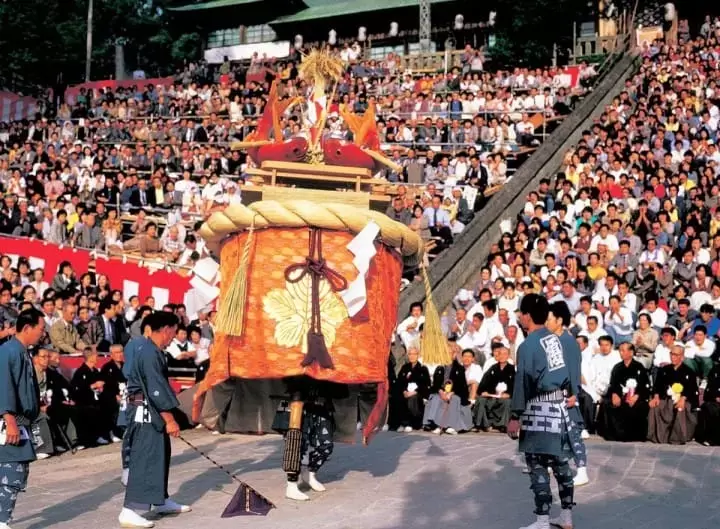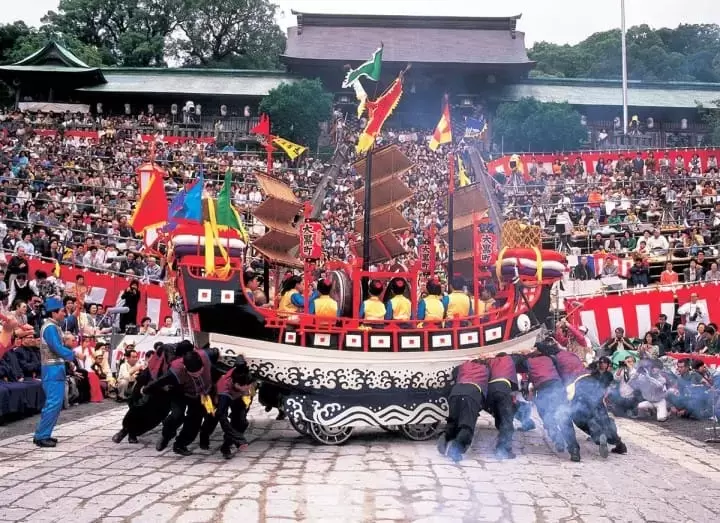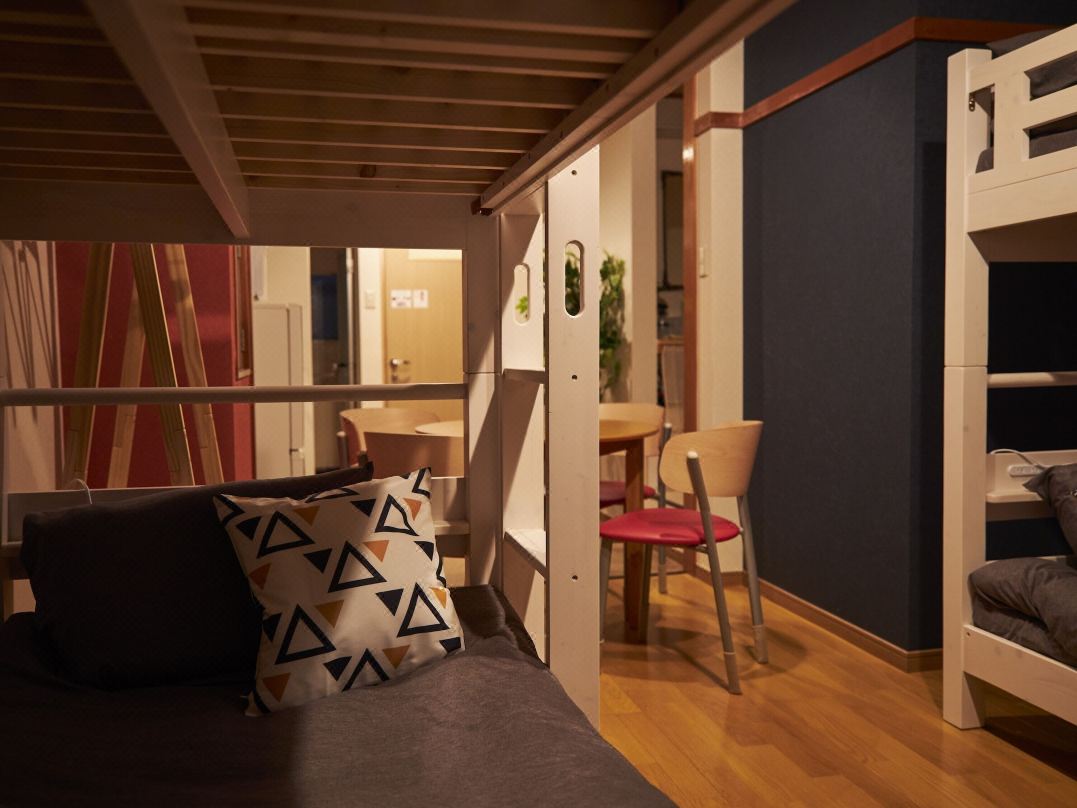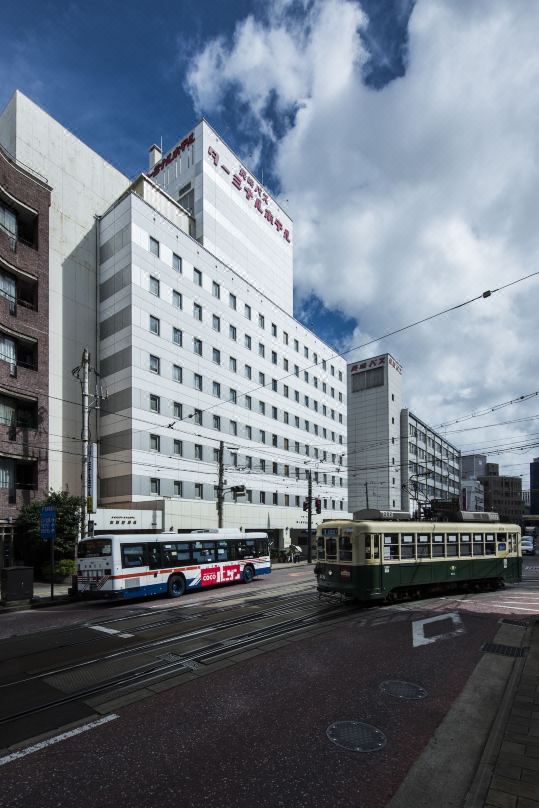Nagasaki Kunchi Festival 2025: Dates, Access, and Highlights

Nagasaki Kunchi is a traditional fall festival held October 7 - 9 every year in Nagasaki. This event has been designated as a National Important Intangible Folk Cultural Asset. Read on to learn about festival highlights, how to access the venues, and things to enjoy.
Nagasaki Kunchi: The Most Famous Festival in Nagasaki

Picture courtesy of Nagasaki Tourism Association
Nagasaki Kunchi is a fall festival annually held at Suwa Shrine in Nagasaki from October 7 to October 9. The event has been designated as a National Important Intangible Folk Cultural Asset.
“Kunchi” is a word from the northern Kyushu dialect meaning autumn festival. Nagasaki Kunchi along with Hakata O-Kunchi in Fukuoka and Karatsu Kunchi in Saga are known as Japan’s Top Three Kunchi.
Origins and Features of the Nagasaki Kunchi Festival

Picture courtesy of Nagasaki Tourism Association
The origins of the Nagasaki Kunchi Festival can be traced to about 400 years ago. The festival originated from an event when two female dancers performed a dance program called “Komee” at Suwa Shrine.
Nagasaki was the center of foreign trade in Japan at that time. Over the years, the festival became increasingly spectacular and colorful as it received influences from China, the Netherlands, and Portugal, the countries with which Japan had diplomatic relations at the time.
The main highlights of the festival are the lively dashimono (*2), or performances. Large decorations called kasaboko lead the performance. There is also Japanese dance and hikimono (*3) mimicking takarabune (*4), a Netherlands-style ship, and a Chinese-style boat.
*2 Dashimono: a word used during Nagasaki Kunchi that refers to the dance and floats that appear during the festival.
*3 Hikimono: a large float mainly lifted by men during Japanese festivals. The term used will vary depending on the region; it is also known as dashi, hikiyama, yatai, and danjiri.
*4 Takarabune: the ship ridden by the Seven Lucky Gods that is said to be loaded with treasure. In Japan, this ship is considered a symbol of good fortune.

Picture courtesy of Nagasaki Tourism Association
You also can’t miss out on seeing the Jaodori, or dragon dance, and the Shishi odori, or shishi lion (*5) dance.
Each town in Nagasaki takes turns in holding its own dashimono every seven years. This means that attendees won’t see the same dashimono each year and will instead only be able to see it again seven years later. The fact that you can see different performances each year is another reason to attend Nagasaki Kunchi.
*5 Shishi Lion: an imaginary creature similar to a lion. It is said to have been brought to Japan from China and India.
Nagasaki Kunchi Festival Schedule 2025

Picture courtesy of Nagasaki Tourism Association
The Nagasaki Kunchi Festival 2025 will be held from October 7 through October 9, as usual.
Events on October 7
The opening performance is at Suwa Shrine and starts at 7:00 on October 7. The festival will then move from the Kokaido-mae Plaza to the Otabijo (a place where a deity is thought to stay temporarily after leaving Suwa Shrine) to be performed once more. Following the end of the morning dedications, performances are also held in front of companies, government offices, and private homes in the city.
At 16:00, a dedicated dance called “Kunchi no Yube” will begin at Suwa Shrine. Afterward, the performers will move to Kokaido-mae Plaza for more performances.
Events on October 8
A dedication performance is held at Yasaka Shrine (Japanese) at 7:00. It will then be performed once more at Kokaido-mae Plaza. Following the end of the dance, performances will be held again in front of companies and homes in the city.
Events on October 9
The first performance of the day will be at the Otabijo at 7:00. Afterward, the procession will move to Suwa Shrine to perform once more.
Venue Information

Picture courtesy of Nagasaki Tourism Association
There are four venues for Nagasaki Kunchi: Suwa Shrine, Otabijo, Yasaka Shrine, and Kokaido-mae Plaza.
There will be seating for visitors at each venue. If you wish to see the performances from a seat, you must reserve a seat between June and August. Only seats for the Kokaido-mae Plaza performances can be purchased online through ticketing websites such as ticket pia (Japanese). Seats for other venues must be purchased on-site.

Picture courtesy of Nagasaki Tourism Association
Even if you can’t watch the performances at the venues, you can still follow them as the performers will move about the city after they finish at the venues. The performances held outside of the venue are called Niwasakimawari.
Trams are a must for moving around Nagasaki. Fares are a flat rate of 120 yen for adults and 60 yen for children, allowing you to travel around Nagasaki easily. A one-day train pass is 500 yen for adults and 250 yen for children. The tram is very convenient for going to each venue.
Access to the Four Venues of the Nagasaki Kunchi Festival

Picture courtesy of Nagasaki Tourism Association
Suwa Shrine
Suwa Shrine holds performances on October 7 and October 9, making it the most popular viewing spot during the festival. You’ll be able to see the performances very clearly from the stage.
Address: Nagasaki, Nagasaki, Kaminishiyamamachi 18-15 Google Map
Access: Take the tram bound for Hotarujaya from Nagasaki Station, then exit at the bus stop in front of Suwa Shrine.
Otabijo
This stage is set in the center of the city and overlooks Nagasaki Port. It has great access by bus and train. During the festival, the area will be lined with street stalls.
Address: Nagasaki, Motofunamachi 10-4, Next to Yumesaito Google Map(Yumesaito)
Access: Take the tram bound for Akasako or Shokakuji and alight at the Ohato stop.
Yasaka Shrine
The stage at Yasaka Shrine is close to the audience, making it great for a close look at the spectacular performances.
Address: Nagasaki, Nagasaki, Kajiya 8-53 Google Map
Access: Take the tram bound for Sofukuji Temple and exit at Sofukuji Temple.
Nagasaki Kokaido-mae Plaza
The spacious Nagasaki Kokaido-mae Plaza allows all visitors to relax as they watch the performances.
Address: Nagasaki, Nagasaki, Uonomachi 4-30 Google Map
Access: Take the tram bound for Hotarujaya, then exit at Kokaido-mae.
How to Enjoy the Festival

Picture courtesy of Nagasaki Tourism Association
Nagasaki Kunchi is a unique festival with brilliant performances held throughout the day at different locations. You can stay and watch the festivities at just one venue, but it is a lot of fun to travel around with the performers.
What to Wear and What to Bring
Attire

The average temperature in Nagasaki in October is 19.7℃. This is after the heat waves in August and September, but it might still become hot. We suggest wearing thin shirts, T-shirts, shorts, and similar light clothing. The mornings and evenings may also get chilly, so bringing along a shawl or sweatshirt is a good idea.
What to Bring: Sunglasses, Hat, and Sunscreen
Be careful of the ultraviolet rays in Nagasaki during early autumn. Don’t forget to protect yourself with sunglasses and sunscreen. Sun parasols are prohibited at all of the venues, so bring along a hat to shade yourself from the sun.
Hotels near Suwa Shrine
FAQ
What is the biggest festival in Nagasaki?
One of the most significant and renowned festivals in Nagasaki is the Nagasaki Kunchi Festival. This annual festival, held at the Suwa Shrine in Nagasaki, is a vibrant and colorful celebration that dates back over 400 years. The Nagasaki Kunchi Festival combines elements of Japanese and Chinese culture, reflecting Nagasaki's historical ties to trade with foreign countries.
Throughout the festival, various performances, dances, rituals, and ceremonies are held to honor and pay respects to the local Shinto deities. The festival features dynamic dragon dances, traditional music performances, parades with beautifully adorned floats, and other cultural presentations that showcase Nagasaki's rich cultural heritage.
With its mix of traditional Japanese and Chinese influences, the Nagasaki Kunchi Festival is a testament to the city's diverse history and serves as a significant cultural event that draws visitors from both within Japan and around the world to witness its colorful and captivating festivities.
What do they eat in Nagasaki Kunchi?
During the Nagasaki Kunchi Festival, attendees have the opportunity to savor a range of local and traditional foods that enhance the festive atmosphere and provide sustenance during the celebrations. Popular culinary delights in Nagasaki include castella, a Portuguese-inspired sponge cake, and chanpon, a seafood and noodle dish native to Nagasaki. Sara udon, featuring crispy fried noodles with savory toppings, and the unique shippoku cuisine that blends Japanese, Chinese, and Western influences are also highlights. Tempura, a staple of Japanese cuisine, and Toruko rice, a dish with seasoned ground meat over rice, represent Nagasaki's diverse and flavorful culinary offerings. Exploring these local specialties adds an enriching gastronomic dimension to the vibrant festivities of the Nagasaki Kunchi Festival, allowing attendees to immerse themselves fully in the region's cultural and culinary heritage.
What is kunchi?
"Kunchi" refers to a traditional autumn festival held in Nagasaki, Japan, known as the Nagasaki Kunchi Festival. This festival has a history dating back over 400 years and is celebrated at the Suwa Shrine in Nagasaki City. The Nagasaki Kunchi Festival is renowned for its colorful and vibrant performances, which blend elements of Japanese and Chinese culture, reflecting Nagasaki's historical connections to international trade and cultural exchange. The festival features traditional dances, music, dragon performances, parades with elaborately decorated floats, and various cultural displays that highlight Nagasaki's rich cultural heritage and unique traditions. The Nagasaki Kunchi Festival is a significant cultural event in Nagasaki, attracting both locals and tourists who come to witness its lively and captivating festivities.
Why is Nagasaki so famous?
Nagasaki is renowned for its historical significance, cultural diversity, and international importance. The city's legacy as a center for international trade and cultural exchange has shaped its unique identity, blending Japanese traditions with influences from China and the West. Nagasaki's role in World War II, particularly as a target of the atomic bomb, has made it a symbol of peace and remembrance. The city's historical architecture, landmarks, and commitment to peace contribute to its appeal as a destination that offers rich cultural heritage, vibrant community, and a message of hope and resilience for visitors from around the world.
Is Nagasaki worth visiting?
Nagasaki is a compelling destination in Japan with a blend of historical significance, cultural diversity, and scenic beauty that make it a worthwhile place to visit. Known for its unique history as a port city open to international trade, Nagasaki boasts a multicultural heritage reflected in its architecture, cuisine, and traditions. The city's role in World War II as a site of the atomic bombing confers a message of peace and remembrance, evident in sites like the Peace Park and Atomic Bomb Museum. Visitors can explore the cultural fusion of Japanese, Chinese, and Western influences, enjoy scenic vistas from Mount Inasa and the Kujukushima Islands, and savor the local culinary delights like champon noodles and castella cake. Nagasaki offers a rich tapestry of experiences, making it an enriching and thought-provoking destination for those interested in history, culture, and natural beauty.














































![[2026] Top 5 Strawberry Picking Spots in Tokushima, Naruto| Farms and Access Guide for January to May](https://resources.matcha-jp.com/resize/720x2000/2025/03/06-227165.webp)



